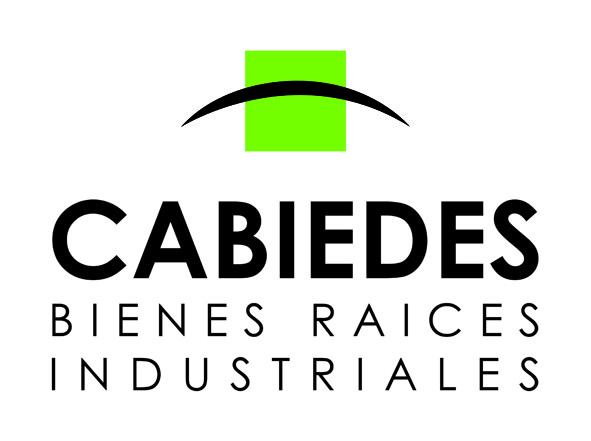Retained Earnings in Accounting and What They Can Tell You

Or, they can sell the additional shares immediately, pocket the cash, and still retain the same number of shares they had before. Dividends are a payout to shareholders in the form of either cash or additional shares on every share they hold. A shareholder must have purchased a stock by a certain date to be eligible to receive the next dividend. According to the DDM, the value of a stock is calculated as a ratio with the next annual dividend in the numerator and the discount rate less the dividend growth rate in the denominator.
So, if a shareholder owns 100 shares, and the company agrees to issue $10 per share, you’ll receive a payout of $1,000 in cash dollars. Many businesses choose to issue dividend payouts on a regular schedule, so unless the price changes, you could grow to expect the $1,000 on a quarterly or yearly basis. Recording small stock dividends A stock dividend of less than 20 to 25% of the outstanding shares is a small stock dividend and has little effect on the market value (quoted market price) of the shares. Thus, the firm accounts for the dividend at the current market value of the outstanding shares. Stock dividends do not affect the individual stockholder’s percentage of ownership in the corporation. For example, a stockholder who owns 1,000 shares in a corporation having 100,000 shares of stock outstanding, owns 1% of the outstanding shares.
Dividends Per Share
Retained earnings are the lifeblood of business expansion, providing companies with the resources to pursue growth opportunities without incurring additional debt or diluting ownership through external financing. Reinvesting these earnings back into the business can finance a wide range of growth activities, such as acquiring new assets, investing in research and development, or entering new markets. But how do retained earnings interact with dividend distribution policies, and what factors influence their calculation?

The key difference is that small dividends are recorded at market value and large dividends are recorded at the stated or par value. There is no journal entry recorded; the company creates a list of the stockholders that will receive dividends. Before you can see for yourself what the effect of a stock do stock dividends decrease retained earnings dividend is to your bottom line, you’ll need to determine your total earnings balance. The relevant information will all be in the stockholders’ equity section of your balance sheet. Although a stock dividend doesn’t impact a business’s assets and liabilities, it can affect its stock prices.
Stock Dividend: What It Is and How It Works, With Example
At the end of the tax year, your business will issue Form 1099-DIV that will include the amount the investor received. Even if you don’t send a form, your investors will be required to report the amount to the IRS, so it’s important to make sure you report it when you file your business taxes. A dividend-paying stock generally pays in a range of 2% to 5% annually, whether in cash or in shares.
- Retained earnings are calculated by taking the beginning net earnings balance during an accounting period, adding the company’s net income during that period, and subtracting the amount of dividends paid to stockholders.
- On one hand, high retained earnings could indicate financial strength since it demonstrates a track record of profitability in previous years.
- By following these steps, businesses can work towards recovering from negative retained earnings and improving their financial situation.
- Paid-in capital is the actual investment by the stockholders; retained earnings is the investment by the stockholders through earnings not yet withdrawn.
- For shareholders, dividends are considered assets because they add value to an investor’s portfolio, increasing their net worth.
- Thus, retained earnings are the profits of your business that remain after the dividend payments have been made to the shareholders since its inception.
- As an investor, you would be keen to know more about the retained earnings figure.


Únete a la discusión